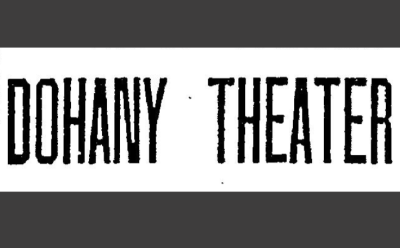
John Dohany came to Council Bluffs in 1856 and soon after arriving, opened a livery stable on Bryant Street, a half block north of West Broadway. As the proprietor of this business, he would provide accommodations and care for people’s horses.
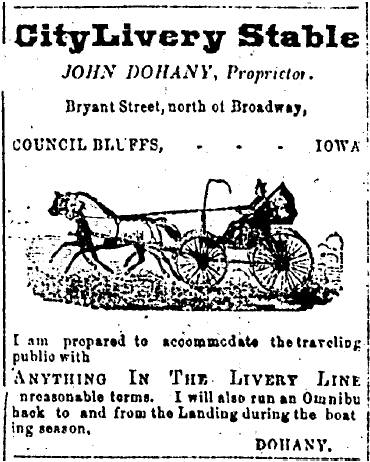
John Dohany's livery stable, March 15, 1867.
In 1868, Dohany started building an opera house on the second floor of the livery stable and the theater became a popular place of entertainment in the city when it opened in 1871. Musicians, actors, statesmen, and orators were some of the types of entertainment that came through the Dohany Opera House. Some notable performers were Norwegian violinist Ole Bornemann Bull, French violinist Camilla Urso, American Congregationalist clergyman Henry Ward Beecher, American activist Victoria Woodhull, actress Alice Oates, English dancer and comedian Lydia Thompson and many others.
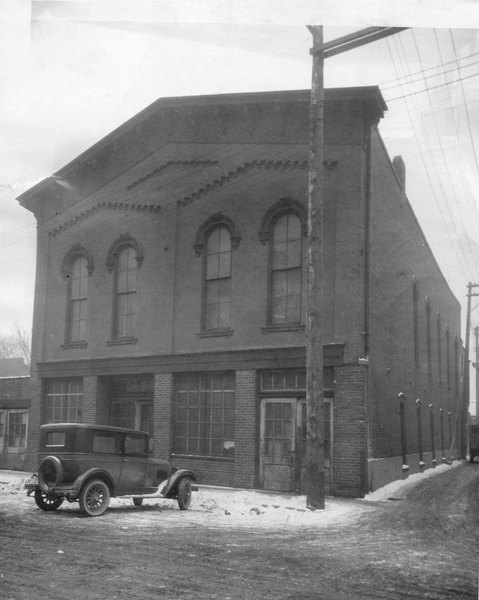
Price of admission ranged from 25 cents to a couple dollars depending on the performance. The Dohany Opera House would be packed “from wall to wall, ground floor and balcony, with the city’s elite.” It was a chance for Council Bluffs citizens to have a night on the town. “Elaborately-clad men and women left their horses in charge of stable boys and mounted the stairs from the barn to the opera house. That was considered the height of convenience in its day.” This was all despite the fact that the stables below the theater would produce an unpleasant odor for the patrons of the venue. This also affected the performers. “There is a rumor that the actors and actresses in their dressing rooms voiced objections to the odors below, but [the patrons] continued to come.”
In the 1880s, John Dohany started constructing another opera house (the ‘new’ Dohany Opera House, later the Strand Theater) on Broadway and 6th Street. The Sanborn fire insurance maps show that the new theater was being built in 1885. In the 1891 version of the Sanborn maps, the new opera house was shown as built but was not listed in the city directory until the 1893-94 edition. The old opera house is listed on the 1891 Sanborn map as "seldom used." A Daily Nonpareil article covered the opening night of the “New Dohany” on August 29, 1895. Use of the “Old Dohany Opera House” declined around this time but it was still used as a livery stable and venue, hosting mainly “local plays and lodge gatherings.”
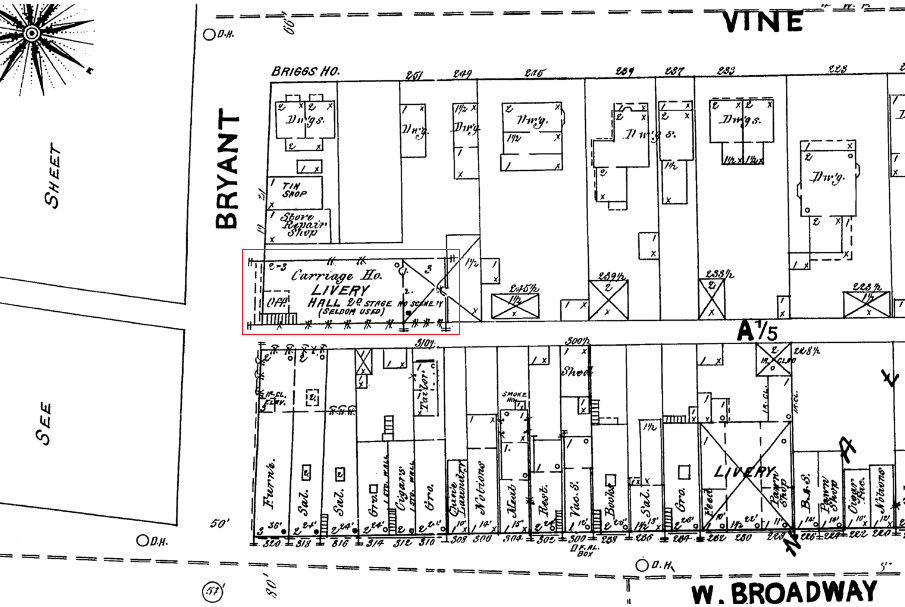
just north of West Broadway. Note the text that says "seldom used."
In the mid-1890s, the name of the venue changed to Liberty Hall. The venue hosted the first Council Bluffs meeting of the Salvation Army in 1891, presided by Charles Beno. The Old Dohany Opera House operated until it was purchased and used as a warehouse by the Peoples Department Store in the early 20th century. The building steadily deteriorated over the years and the walls began to sag and lean. A fire damaged part of the building on January 28, 1933 and it was deemed by the city building inspector to be in “dangerous conditions." On June 10, 1936, the city served a condemnation notice and the option was to either repair the building or remove it within 30 days. The building was demolished soon after.
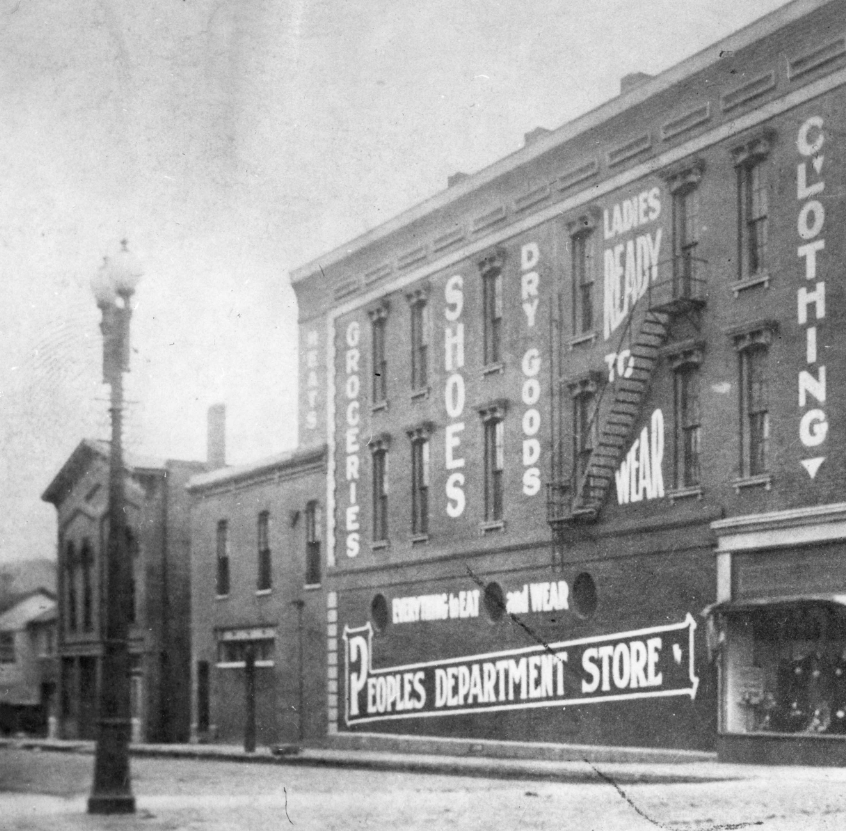
as a warehouse to store goods. The street in this photo is Bryant Street.
Click HERE for more information on Council Bluffs History.
Sources:
Daily Nonpareil articles (March 15, 1867; June 19, 1895; August 30, 1895; January 27, 1929; January 29, 1933; October 14, 1935; and June 10, 1936)
Historical Society of Pottawattamie County newsletter (September 2000)
Frontier Chronicle (December 2002)